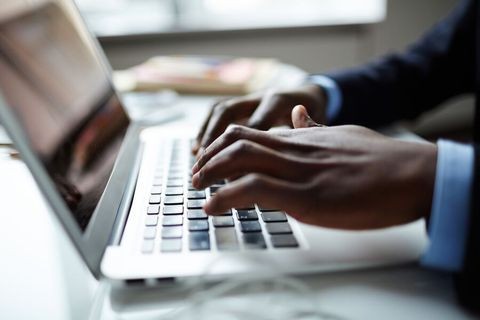SBA OIG Management Alert Raises Serious Concerns Over Paycheck Protection Program Loan Recipients on the Department of Treasury’s Do Not Pay List
Client Alert | 2 min read | 01.13.21
On January 11, 2021, the Small Business Administration (SBA) Office of Inspector General (OIG) released a Management Alert raising concerns about improper payments to lenders for potentially ineligible recipients of loans under the SBA’s Paycheck Protection Program (PPP). The SBA OIG and Department of Treasury Do Not Pay (DNP) Business Center conducted an analysis seeking to identify high-risk transactions related to the PPP disbursements due to the large number of complaints received about PPP fraud. The analysis revealed approximately $3.6 billion in PPP loans to potentially ineligible recipients.
SBA OIG provided PPP loan data, including borrower identifiers, to Treasury’s DNP team to use in identifying potentially ineligible borrowers. The DNP team used SBA business rules for PPP eligibility to analyze the data and identify over 57,000 PPP loans—approximately $3.6 billion—matching a DNP data source record, indicating loan ineligibility. For borrowers to be eligible for a PPP loan, in addition to satisfying other requirements, they must not have any current federal suspensions or debarments, and cannot be delinquent on federal loans or have defaulted on any federal loans. Treasury’s DNP team evaluated certain aspects of eligibility of PPP recipients by matching borrower identifiers against the data in the DNP portal—which includes data from the Treasury Offset Program, Credit Alert Interactive Verification Reporting System, System for Award Management, Social Security Administration’s Death Master File, American InfoSource, and Department of Defense and Department of State records of deceased persons. The Treasury team then evaluated the matches based on the strength of the correlation between the borrower identifiers and the data elements from each source in the DNP portal. Those matches deemed to be the strongest, i.e. most “conclusive,” represented a 100% match between a PPP borrower’s personal identifiers and information in the DNP portal such as borrower name, address, Taxpayer Identification Number (TIN), or Social Security Number. About 68% of the over 57,000 potentially ineligible loans were deemed to be “conclusive” matches to disqualifying information in the DNP portal.
The Management Alert concludes that more effective oversight controls are needed and recommends that SBA (1) identify PPP loans that have not been fully disbursed and follow-up with the lenders to stop potential improper loan disbursements, (2) strengthen controls to ensure loans to ineligible recipients are not forgiven, and (3) formulate a strategy that uses Treasury’s DNP portal to determine loan applicant eligibility and prevent improper payments. The Alert acknowledges that SBA used the preliminary results from the DNP analysis to place hold flags in the Capital Financial Systems, but recommends that SBA continue to use the DNP analysis for the loan forgiveness process.
The SBA OIG and Treasury’s DNP analysis may provide the Department of Justice with the leads it needs to pursue borrowers who falsely certified to their PPP loan eligibility. The DNP analysis is an example of just one of many reviews of PPP disbursements that various agencies will be initiating in the months and years to come. With millions of dollars appropriated to support the SBA OIG’s efforts, and new authorities such as the Pandemic Response Accountability Committee and the Special Inspector General for Pandemic Recovery all investigating PPP fraud, it’s likely that we will see increased coordination among these authorities leading to referrals for civil or criminal enforcement actions, including False Claims Act investigations.
Contacts
Insights
Client Alert | 3 min read | 01.20.26
DoW Joins SBA’s Fight Against Alleged Pass-Through Fraud in the 8(a) Program
On January 16, 2026, U.S. Secretary of War Pete Hegseth posted a video on social media outlining the U.S. Department of War’s (DoW) plan to combat fraud, waste, and abuse in the Small Business Administration’s (SBA) 8(a) Business Development Program.
Client Alert | 3 min read | 01.20.26
Federal Government Challenges Minnesota Law Requiring Affirmative Action in State Government
Client Alert | 1 min read | 01.20.26
Client Alert | 6 min read | 01.16.26
Trump Administration Rolls Out New DOJ Division for National Fraud Enforcement





